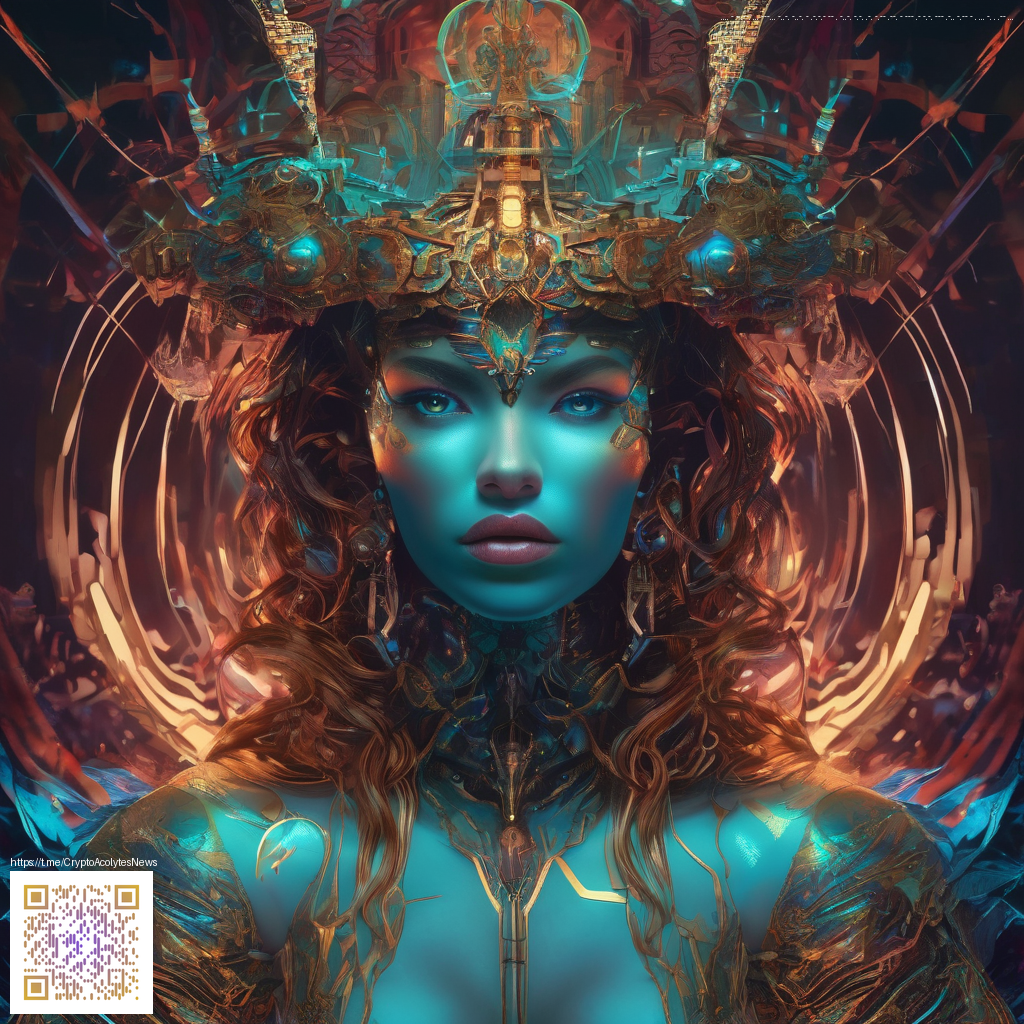
World-Building in Capcoms high octane saga
Capcom has always trusted its gameplay to carry the lore, and in this entry the two amplify one another in a way that Japanese action games excel at. The campaign fuses a bustling human metropolis with a layered demon realm, giving players a sense that the setting is alive beyond boss arrows and collectible tokens. Red Grave City reads as a modern metropolis with Gothic undertones, and its streets bend under the weight of history as soon as the action quiets down. The result is a world that feels deliberately dense, where every alley and storefront might be a doorway to a deeper myth 💠
Geography as a narrative instrument
The game builds its lore through tactile environments. Cityscapes blend neon signage with ancient stone and demon architecture, hinting at a long history of conflict between the human world and the demon world. The Demon World, often glimpsed in transition sequences, acts as a mirror and a counterpoint to the human city, showing readers and players that power corrupts both realms in similar ways. This duality is not just aesthetic; it informs pacing, enemy design, and the pacing of revelations as you move from rooftop chase sequences to claustrophobic interior fights. The result is a living map where lore evolves with each mission, not just in codex entries but in visual language and level geometry 🌑
Gameplay as the engine of lore
Devil May Cry 5 weaponizes combat to expand its cosmology. Demons are not just obstacles; they are catalogued species with distinct motives, temperaments, and forms of power. The different Devil Arms and move sets reveal factions within the demon hierarchy, and the players’ mastery of these tools mirrors a growing understanding of the larger universe. The drama of the narrative unfolds through flashy combos and cinematic moments that feel like chapters in an epic memo about power, family, and control. The title also uses the Devil Trigger system to turn players into a walking symbol of mythic consequence, letting you feel the scale of the world you’re navigating rather than simply reading about it 👁️
Updates that deepen the canon
Updates and re-releases have kept the conversation fresh. The Special Edition bundle arrived in 2020, expanding the canon by introducing playable Vergil and new modes, while also improving visuals with features like ray tracing. These additions aren’t just fan service; they widen the lore’s footprint by offering alternate perspectives on key events and characters. The result is a more intricate picture of the family ties, rivalries, and divine history that drive the franchise, inviting players to theorize about unseen threads and potential crossovers. For lore fans, these updates are a gift of context that pairs seamlessly with the game’s kinetic pace 🌑
Modding culture and player driven lore
The PC community has embraced the game with a robust modding scene. Beyond cosmetic swaps, mods push the boundaries of world-building by re-skinning enemies, recontextualizing environments, and sometimes unveiling alternate story beats through experimental sequences. This culture thrives on the belief that the story lives as much in player interpretation as in the cutscenes themselves. Modding creates an ongoing dialogue about what the universe could be, letting lore fans test hypotheses about demon politics, lineage, and the language of the demon world outside official dialogue. In short, the world keeps growing because dedicated fans keep tinkering with it 💠
Community insights and lore puzzles
Community discussions often circle around the origins of demonic power, the rules governing the interfaces between Limbo and reality, and the moral ambiguities of the demon-hunting order. Fans notice recurring motifs—ancestral swords, relics, and sigils—that hint at a broader mythos beyond what is explicitly shown. The discourse is lively, with theories that connect character backstories to the architecture of Red Grave and the legacy of the Sparda lineage. This dynamic makes exploration of the campaign feel less like a sprint to the next boss and more like a treasure hunt for hidden lore threads that reward close observation and repeated playthroughs 💠
As a lore focused observer, you can still appreciate the adrenaline of the combat while savoring the careful world-building decisions. The designers thread myth into mechanical design, so every upgrade, every encounter, and every cinematic beat functions as a clue about a larger cosmos that stretches beyond the level you just completed. The result is a universe that feels both immediate and ancient, a rare balancing act in action oriented storytelling 🌑
If you’ve got a taste for deep dives and you want to support more explorations into immersive worlds that blend gameplay with lore, consider helping keep the lights on while supporting a decentralized internet. Your support helps fuel more expansive analysis and community driven content creation.
Support the Decentralized Internet